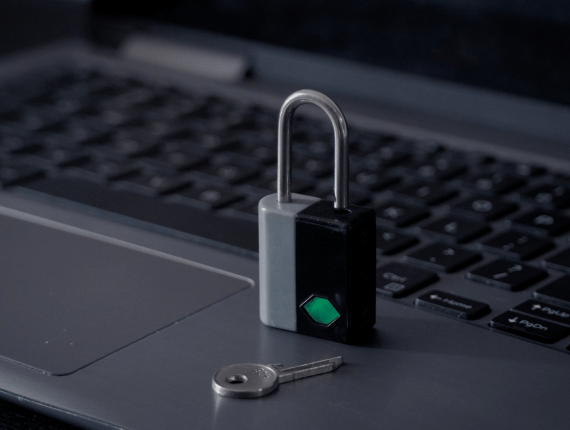Cybersecurity Statistics: What Does the Data Say About the Increase in Threats in 2025?

The year 2025 brings worrying data on cybersecurity. According to the Ministry of Digital Affairs reports, the number and scale of cyberattacks have reached record levels. Ransomware attacks, phishing, cybercriminals’ use of artificial intelligence, and the increasing number of incidents in the public sector and critical infrastructure are some challenges organisations face worldwide.
Key Cybersecurity Statistics in 2025
Global increase in the cost of cybercrime
According to the Cybersecurity Stats And Facts report, the global cost of cybercrime is expected to reach $10.5 trillion annually by 2025 and $15.63 trillion by 2029.
Poland is at the forefront of the attack on EU countries
Data from Check Point Software Technologies indicate that Polish companies are the target of hacker attacks more than 250 times a day, placing Poland among the five most attacked countries in the European Union. The number of attacks in Poland increased by 51% during the year.
Record number of incident reports
In 2024, the Ministry of Digital Affairs recorded 627,339 reports of security breaches of ICT systems, an increase of 60% compared to the previous year.
It is worth bearing in mind that at the technological level, one of the main challenges in 2025 will be the development of artificial intelligence – a technology that, on the one hand, supports business development, and on the other hand, becomes a tool used by cybercriminals to carry out increasingly automated and precise attacks.
The rise of attacks aided by generative AI algorithms, such as creating fake emails or voice fraud (vishing), makes traditional protection methods insufficient and makes threat detection increasingly complex.
The most common types of cyberattacks in 2025
1. Ransomware attacks
Ransomware attacks – malware that causes a computer system to be locked or encrypts data. The attackers then demand a ransom to restore access – these attacks remain one of the most serious threats. In the first quarter of 2025, the number of such attacks increased by 126% compared to last year, reaching an all-time high.
2. AI-Powered Phishing and Social Engineering
Cybercriminals are increasingly using AI to create more sophisticated phishing attacks. Criminals impersonate other people or institutions to phish for sensitive data/information, including voice and video phishing. In 2024, there was a 442% increase in attacks using generative AI-assisted social engineering techniques.
3. Attacks in the public sector
Sectors such as energy, health and public administration have become attractive targets for cybercriminals. In Poland, a 58% increase in the number of incidents in the public sector was recorded in 2024.
What does a typical cyberattack look like?
A typical cyberattack often starts with a simple mistake made by an employee, such as clicking on an inappropriate link. Cybercriminals use this opportunity to gain access to the system. However, they do not reveal themselves immediately. They often acquire valuable information over a long period, enabling them to spread across the web. During this time, the user is unaware that someone is looking around the system until an attack and ransom demands occur.
In addition, deepfake attacks are on the rise, allowing the creation of fake video and audio content. Traditional security systems find these attacks very difficult to detect.
Our example: While implementing an EDR system in one of the companies, we detected an attack directed at the chief accountant’s computer. Cybercriminals were spotted as they prepared to take over their data, but not before they gained valuable time to access sensitive information.
How to prevent cyberattacks?
Conducting regular security audits is one of the most critical steps in preventing cyberattacks. Audits allow you to identify weaknesses in IT systems that cybercriminals can use to carry out an attack. Security audits must be carried out by specialists who can accurately assess the level of data protection and compliance with applicable regulations.
Organisations should focus on two key areas during security audits: IT systems and personal data protection. An IT audit allows you to analyse the technological infrastructure, identify potential threats to systems, and design effective protection strategies.
At the same time, the GDPR audit is an essential security element. It assesses the organisation’s compliance with personal data protection regulations. It allows you to verify whether the company complies with data minimisation principles, has storage in appropriate conditions, and protects against unauthorised access.
Moreover, this audit helps identify data processing gaps that could lead to a breach of privacy laws. This can result in fines – in the case of serious violations of the basic principles of the GDPR (e.g. lawfulness, purposefulness, security of processing, rights of individuals, data transfers to third countries), the fine can reach up to €20 million or 4% of annual global turnover.

